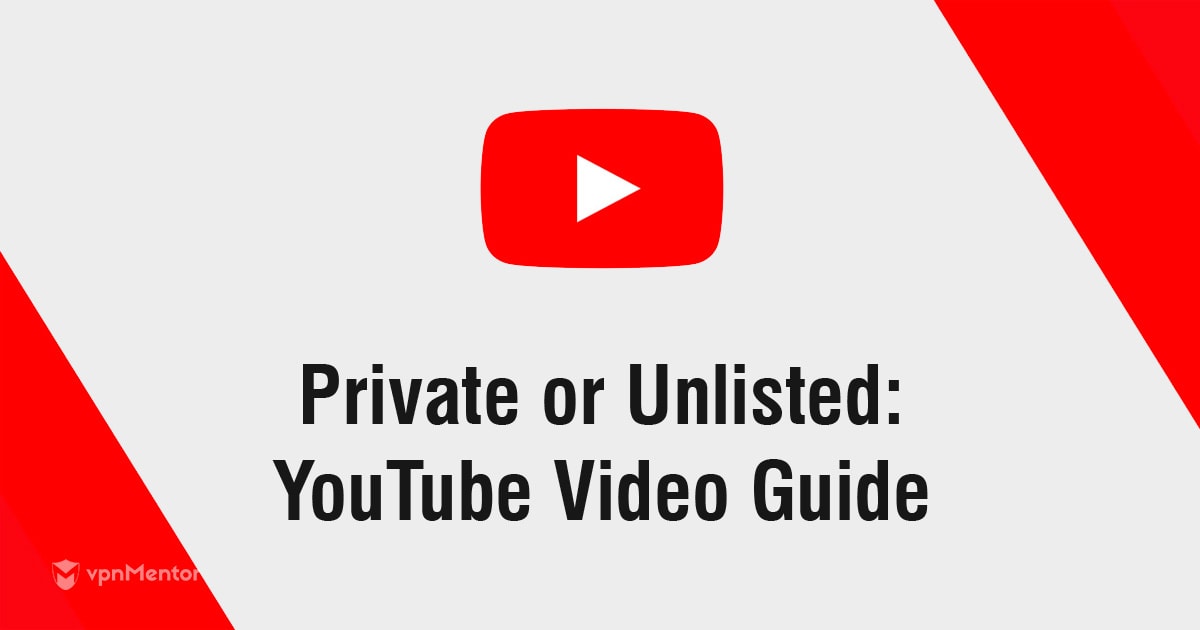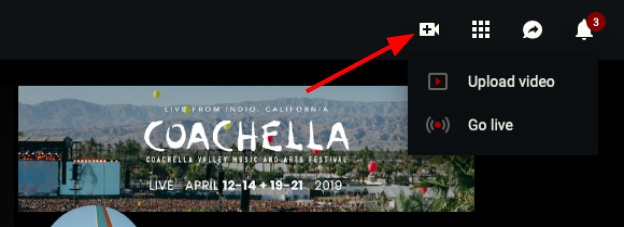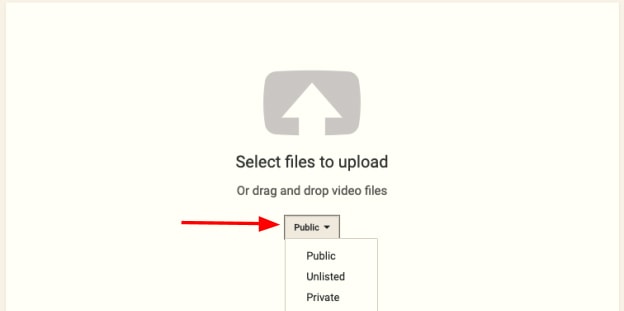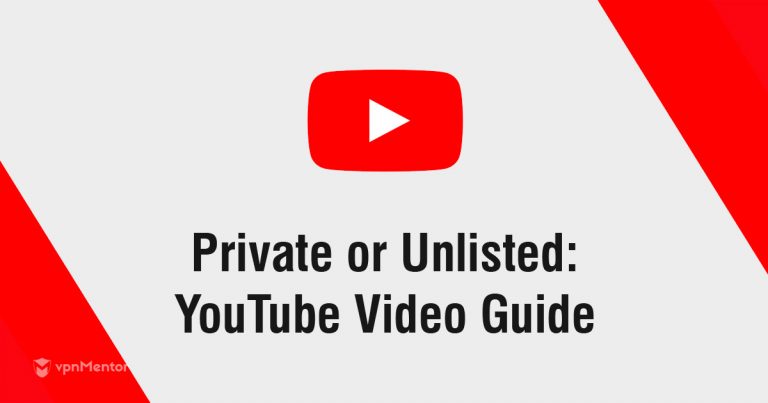
YouTube Private vs Unlisted: What's the Difference in 2023?
YouTube is a great way to showcase your video skills or post your favorite cute cat videos. However, there are times when you don't want the entire YouTube world seeing them. The simple solution is to either go private or go unlisted.
How do you tell the difference? First, you need to determine the level of security for your videos. Do you want just friends and family to see them? Do you have a business that wants to share a webinar? Are you comfortable sharing links with prospective customers or your friends? There are many questions to unpack here, so let’s take a closer look.
Difference Between Private and Unlisted YouTube Videos
Before we dive into private vs unlisted, let’s examine what YouTube public video offers.
Public
The YouTube public setting is the default for all videos. If you’re comfortable with everyone seeing your video, and you don’t mind it coming up in Google search results, stick with the public setting.
Plus, there are some advantages to being out in the open:
- A huge subscriber count is great for a business, and it can attract more customers.
- It creates effective brand awareness.
- It's profitable with the right company or creative strategy.
- It can make you a superstar on YouTube.
If the public forum makes you nervous, you are not alone. Some disadvantages:
- It attracts trolls.
- It can jeopardize future job prospects if you have compromising videos.
- Anyone can find your YouTube videos, even if you delete them.
Private
Private is the most secure type of video on YouTube. They are only visible to people (up to 50 in total) that you invite. Private videos don’t appear in video recommendations, search results, and video tab sections for uploading.
Plus, invitees can’t share the video with other people. Also, even if someone has the link, they still can’t see your video unless they have the invite.
Unlisted
YouTube’s unlisted video setting is somewhat of a cross between private and public. Unlisted videos are invisible in search results, subscriber feeds, suggestions, and user video tabs. However, with unlisted videos, anyone with the link can see and share your video.
That’s the basic gist of private vs unlisted. Let’s go a little deeper and list the advantages for each.
Advantage of Making a Video "Private"
If your videos hold personal significance or, say, pertain to a confidential corporate endeavor, then opting for YouTube's private setting would be perfect.
Here are some more advantages:
- Sharing videos with loved ones: If your relatives live far away, it’s a perfect forum to share special moments privately.
- Your own private video library: Personal collections like art, comic books, or records are important. It’s no different with videos. They belong to you—nobody else.
- Storing company information: This is an excellent option if you have business strategies you want to share with employees, but you don’t want your competitors to see them (like important training videos).
- Saves storage space: The private setting is a great place to store tons of videos (hello cats) instead of running out of room on your phone.
Advantage of Making a Video "Unlisted"
If you want to share your videos to a large group, but you don’t want it to appear in search results, then YouTube unlisted is the best choice for you.
Here are some more advantages:
- It’s great for co-worker feedback: If you have a large company (with over 50 employees), then sharing unlisted videos is perfect.
- Sharing your portfolio with prospective employers: Use this option if you need to share your video resume with more than one job prospect.
- Field testing a potential public video: Unlisted videos are ideal for collecting reviews and positive comments from a small group before going public. If the reviews are bad, just press delete!
- Cleaning your YouTube page: You want to organize your page and get rid of those old embarrassing videos. However, what if you still want anyone who has embedded or shared those videos to retain access? No problem. You change the video to unlisted, which removes the visibility from your channel.
We must stress two major points about unlisted: First, these type of videos sometimes end up shared on other sites. There’s even a dedicated site to unlisted YouTube videos. Second, your unlisted videos will appear publicly if they are on a playlist.
How to Change Your Video Privacy Settings
Once you log into your Youtube account, go to the upper right corner to the camera icon to upload a video:

You then go to the Upload Page where you have the option to go public, private, or unlisted:

Now you can select the video you want to upload from your computer. That’s it!
Conclusion
Protecting your privacy is important when you’re on the internet. You want to enjoy the freedom to create and enjoy videos without intrusions from unwanted users. YouTube private and Youtube unlisted provide a barrier from the public. Making your YouTube videos private is best if you want to ensure that your videos are as secure as possible. But ultimately, it’s up to you to decide which level of security you need.
Further Reading
Learn more about how to stay safe online with our Ultimate Guide to Online Privacy and read up on the Best VPNs Overall.
You might also be interested in reading How to Access YouTube TV From Anywhere.


